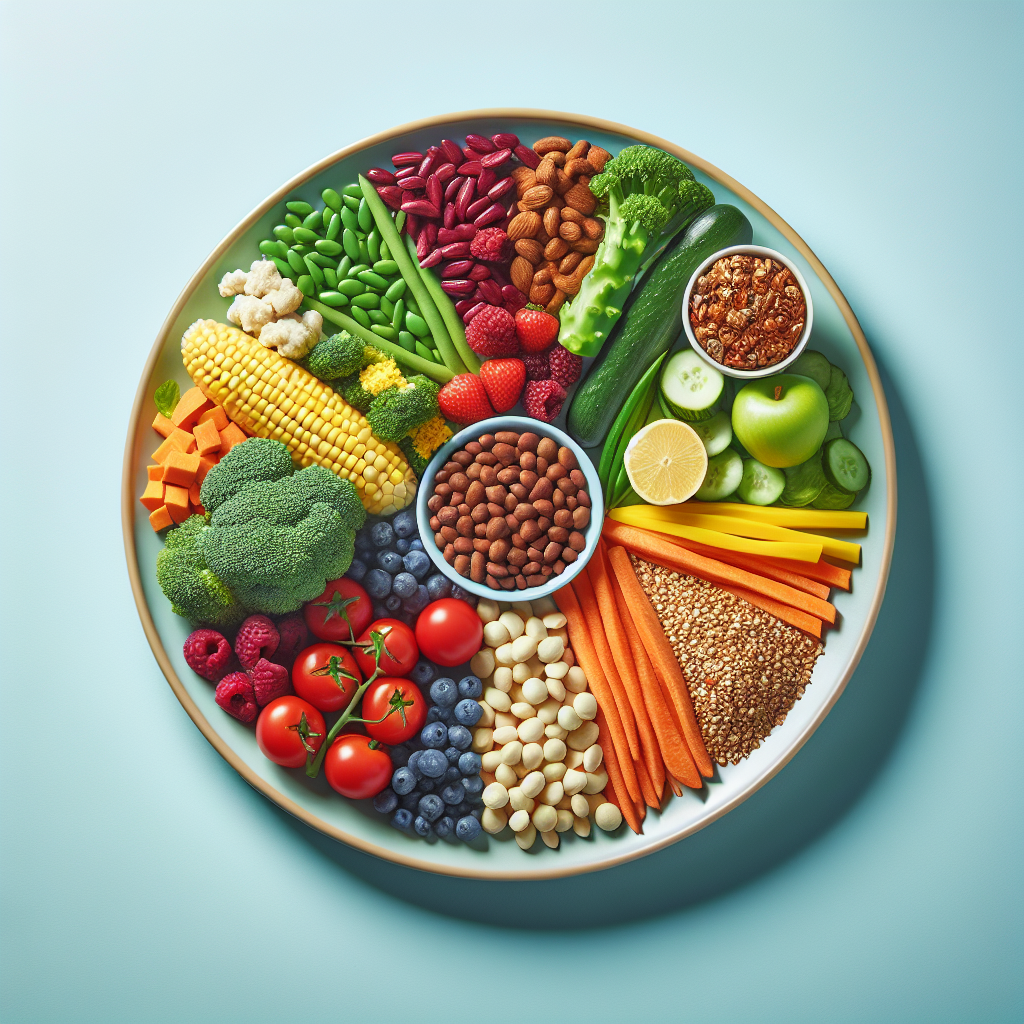– The Science Behind Exercise and Mental Well-being
Understanding the mind-body connection is crucial in exploring the mental health benefits of regular exercise. The science behind this connection lies in the complex interplay of biological and psychological factors. When we engage in physical activity, our bodies release endorphins, chemicals that act as natural painkillers and mood elevators. This release of endorphins is linked to a reduction in stress, anxiety, and depression, thereby contributing to improved mental well-being.
Furthermore, regular exercise has been shown to increase the production of neurohormones like serotonin and dopamine, which are known to regulate mood, sleep, and appetite. These neurochemical changes induced by physical activity have a profound impact on our mental health, promoting feelings of relaxation and overall emotional well-being.
Moreover, the physiological effects of exercise, such as improved cardiovascular health and better blood circulation, have a direct influence on the brain. Enhanced brain function, including sharper cognition and better memory, has been observed in individuals who engage in regular physical activity. This connection between physical fitness and mental acuity highlights the intricate relationship between exercise and mental well-being.
In conclusion, the science behind the mental health benefits of regular exercise is grounded in the synergistic effects of biochemical, physiological, and psychological mechanisms. By understanding the profound impact of exercise on the mind-body connection, we can fully appreciate the holistic benefits of incorporating physical activity into our daily lives.
– How Physical Activity Impacts Brain Health
Regular physical activity has been shown to have numerous benefits for mental health, and one of the key aspects of this is its impact on brain health. Engaging in exercise has been found to positively impact various aspects of brain function, including cognition, mood, and overall mental well-being.
Research has consistently demonstrated that exercise can lead to the release of endorphins, which are natural chemicals in the brain that act as powerful mood elevators. This can help reduce feelings of stress, anxiety, and depression. Additionally, regular exercise has been linked to improved sleep patterns, which are closely tied to overall brain health and cognitive function.
Furthermore, physical activity has been shown to stimulate the growth of new brain cells in the hippocampus, an area of the brain associated with memory and learning. This neuroplasticity, or the brain’s ability to reorganize and form new connections, is enhanced through regular exercise, leading to improved cognitive function and mental agility.
In addition to these direct effects on brain health, regular exercise also contributes to overall cardiovascular health, leading to better blood flow and oxygen delivery to the brain. This can result in improved cognitive function and reduced risk of cognitive decline as we age.
It’s clear that the mind-body connection is strong when it comes to the mental health benefits of exercise. By understanding how physical activity impacts brain health, individuals can make informed choices to incorporate regular exercise into their lifestyle to support not only their physical well-being but also their mental and cognitive health.
– Tips for Incorporating Exercise into Your Mental Health Routine
Incorporating regular exercise into your mental health routine can have a profound impact on your overall well-being. Here are some tips for making exercise an integral part of your mental wellness regimen:
1. Start Small: Begin with manageable goals, such as taking a short walk or doing a 15-minute workout. Gradually increase the duration and intensity as you build your fitness level and confidence.
2. Find an Activity You Enjoy: Whether it’s swimming, dancing, yoga, or hiking, choose an exercise that brings you joy. Enjoying the activity will make it easier to stick to a routine.
3. Set Realistic Expectations: Understand that progress takes time and be patient with yourself. Don’t get discouraged by setbacks, and celebrate your achievements along the way.
4. Create a Supportive Environment: Surround yourself with people who encourage and motivate you to stay active. Consider joining exercise classes or groups to connect with others who share similar wellness goals.
5. Schedule Regular Workouts: Treat exercise as an important appointment in your calendar. Consistency is key to reaping the mental health benefits of physical activity.
By incorporating these tips into your routine, you can leverage the powerful connection between physical activity and mental well-being to lead a healthier and happier life.
















